Resistive Analog & Projected Capacitive

Touch screens allow the user to interact with their devices in a more efficient and captivating way. Customers nowadays prefer slimmer and more portable devices, which E3 displays, as leading touch panel manufacturers provides eliminating the need for buttons at affordable rates. Several businesses use touch-screen technology to accelerate their speed of service, allowing customers to serve themselves at touch-screen kiosks offered by touch screen suppliers.
Did you know devices with membrane keypads and buttons are more prone to damage than touch screen displays with a hard durable surface? The resilient and easy to use nature of touch screen devices make them suitable for users of all ages and skill levels. There are several uniquely different types of touch screens that E3 Displays offer, each with their own set of advantages.
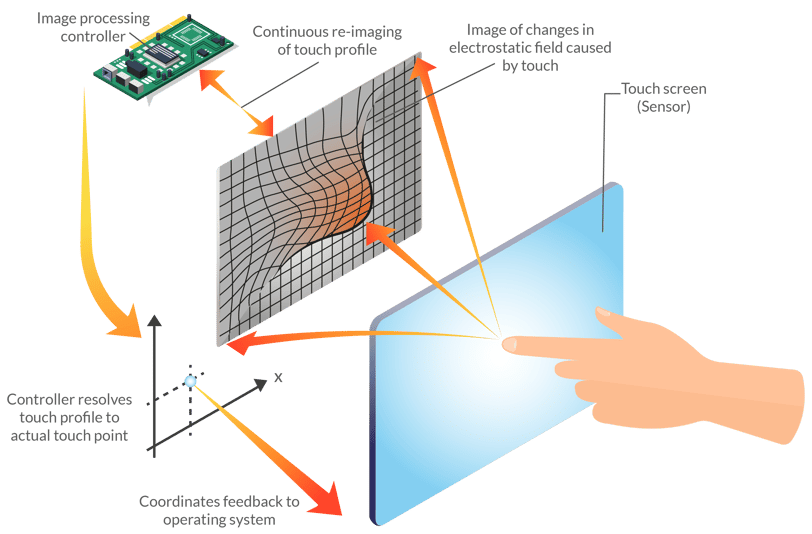
Understanding Multi-touch
You may be in the business of entertainment, digital signage, health care, or other markets. Multi-touch can be used by you to enhance the efficiency of your organization and your business, thereby saving you costs and increasing profits. Multi-touch touch screen kiosks recognize the presence of multiple points of contact with the kiosk’s interface surface, thus speeding and simplifying the user’s interaction. This multi-point interactivity enables advanced functions such as pinch-to-zoom, fast-scrolling, and intuitive gesturing commands, all of which allow for quicker, more intuitive interaction between kiosk users and the host organization. This improved efficiency means that staff members can work faster and process customers quicker, preventing long queues and customer dissatisfaction.
Multi-touch can be customized to suit the requirements of any group. The firmware can be matched with different types of use cases such as glove use, touch when water is present, stylus use and other unique input challenges.
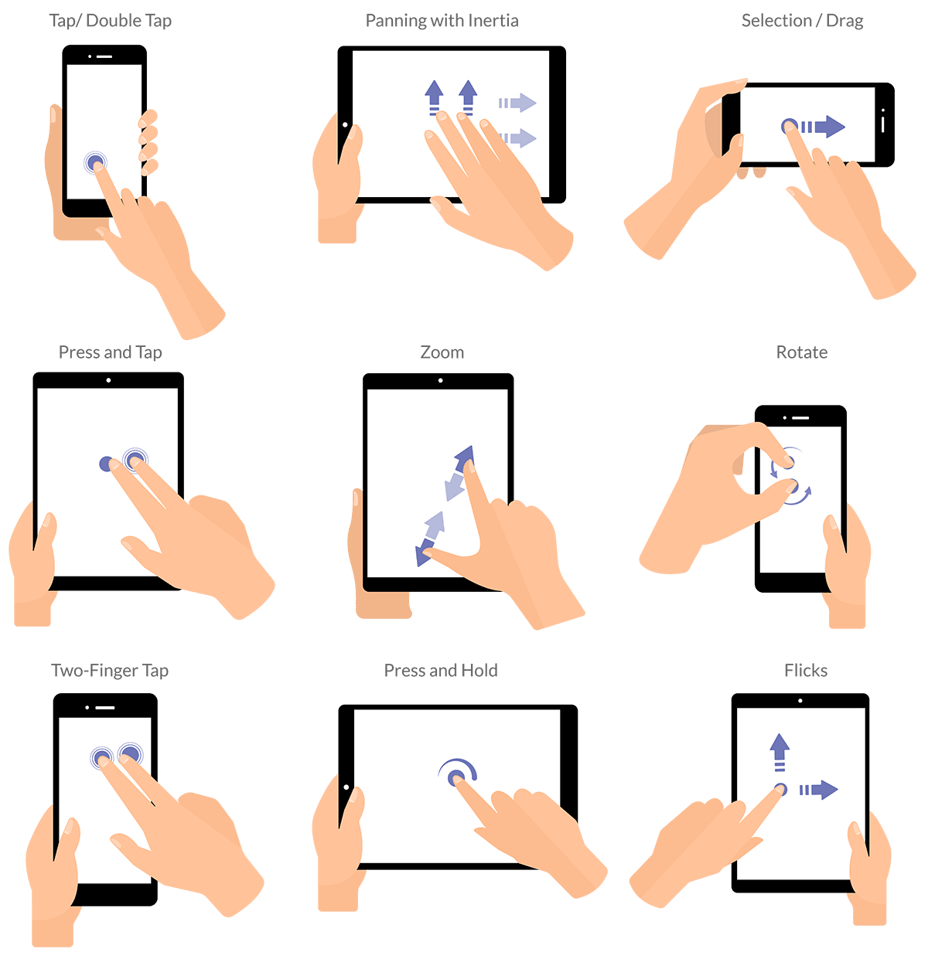
Projected Capacitive Touch Displays
Capacitive sensing in touch screens has been around since the 1970’s, but with the recent explosion in popularity of the smartphone, projected capacitive sensors (PCAP) have come to the forefront of touch screen technology. Users are realizing that the gesturing interface used on the advanced smartphones is a natural way of interacting with electronic devices. Now that projected capacitive touch panels are available in larger panel sizes, designers can bring this same experience to a variety of embedded systems where the durability, reliability and overall performance of this technology can also add substantial value to the system.
PCT technology is a capacitive technology used by E3 Display, a capacitive touch screen manufacturer, which permits more accurate and flexible operation, projection of the touch field through additional layers of material plus full multi touch capability. Typical construction of a PCT technology sensor allows for operation without direct contact to the touch sensor. Thus the touch sensor can be located behind further insulating layers, and operate even under screen protectors, or behind weather and vandal-proof glass. Due to the top layer of a PCT being glass, PCT is a more robust solution versus resistive touch technology. Since PCT technology construction is an X and Y matrix of capacitors capable of locating multiple distinct touchpoints, PCAP touch sensors are true multi touch capable.
With the recent improvements of PCAP technology it quickly won over industrial application market shares from resistive touch. PCAP touch screens started to be introduced more in applications where customers require a more rugged surface due to susceptibility to scratches and mishandlings making it the new best solution for industrial applications.

Advantages
- Functional through multiple layers
- Works outdoors
- True flat front surface design possible
- Long life reliability
- Durable and easily customizable front surfaces
- Excellent Optical Properties
- True Multi-Touch capable
- Easy Integration
- Drift free Operation
Disadvantages
- Best activated with a bare finger
- Proper tuning is required to function with heavy gloves, wet environments, etc

Infinite Design Possibilities For You
E3 Displays enables you to create the perfect custom designed display:
Cover Lens Capabilities
To improve precision, certain PCAP touch screens now include
a thicker glass which will detect fewer signals while increasing the signal strength and maintain an optimal noise
ratio.
Custom Shapes/Features
• Curves, angles, corner radius, sizes, thru holes/slots, edge treatments, anti-shatter, steps, grooves, fingertip
recess or slider (circular / elongated), polished or ground.
Masking (Print)
• Custom colors, logos, artwork, UV resistant materials • Dead-front artwork (only seen when backlit)-
Material
• Glass: Chemically Hardened, Tempered, Gorilla Glass, Dragon Trail • Plastics
Finishes –
• Anti Glare, Anti Reflective, Anti Fingerprint, Anti
Bacterial, Viewing Area Restriction, UV Blocker

Touch Controllers
- • Reads the output from the sensor layers.
- • Like displays and many electronic components there is a wide range of touch panel controllers with technical, pricing, business and support features that vary greatly.
- • E3 is touch IC supplier neutral. We use the best controller that meets the application requirements and overall project objectives.
- • A controller may have features that support complex use cases like a user with heavy gloves, water resistance on the lens, better EMI from surrounding electronics.
- • A controller may be lower cost but not have these capabilities.
- • A controller may be available for 5+ years or have a shorter life.
- • A controller maker may have an abundance of user design tools or they may have minimal tools leaving the support to E3 or the customer.
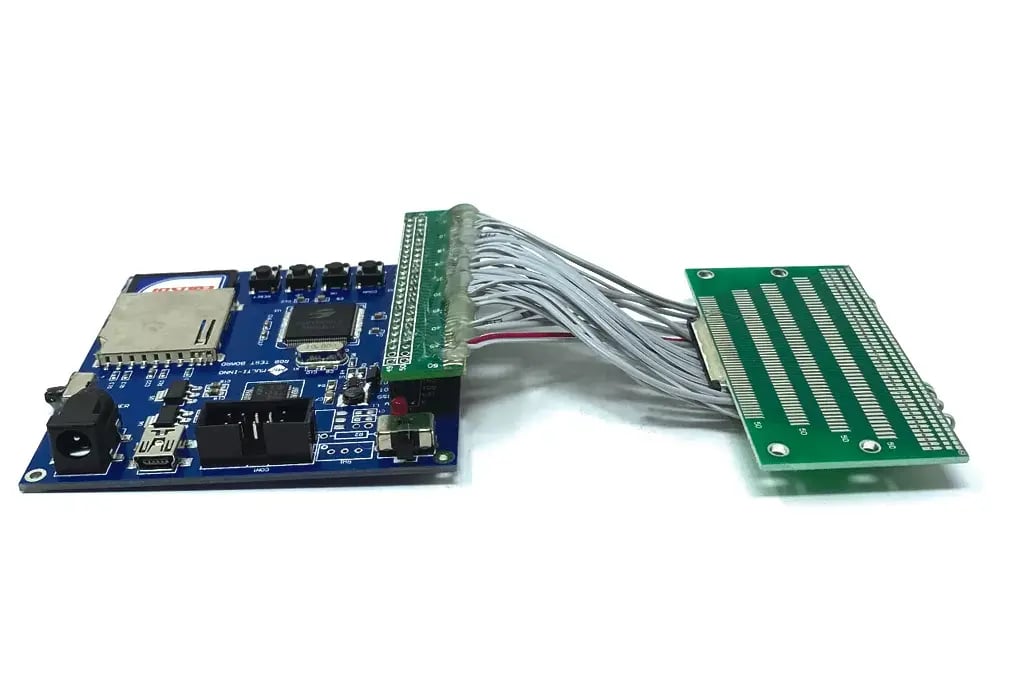
Sensing Layers
- • Senses the touch through projected electrical fields and changes in the circuit capacitance to locate the touch events.
- • Construction methods vary and can influence product performance.
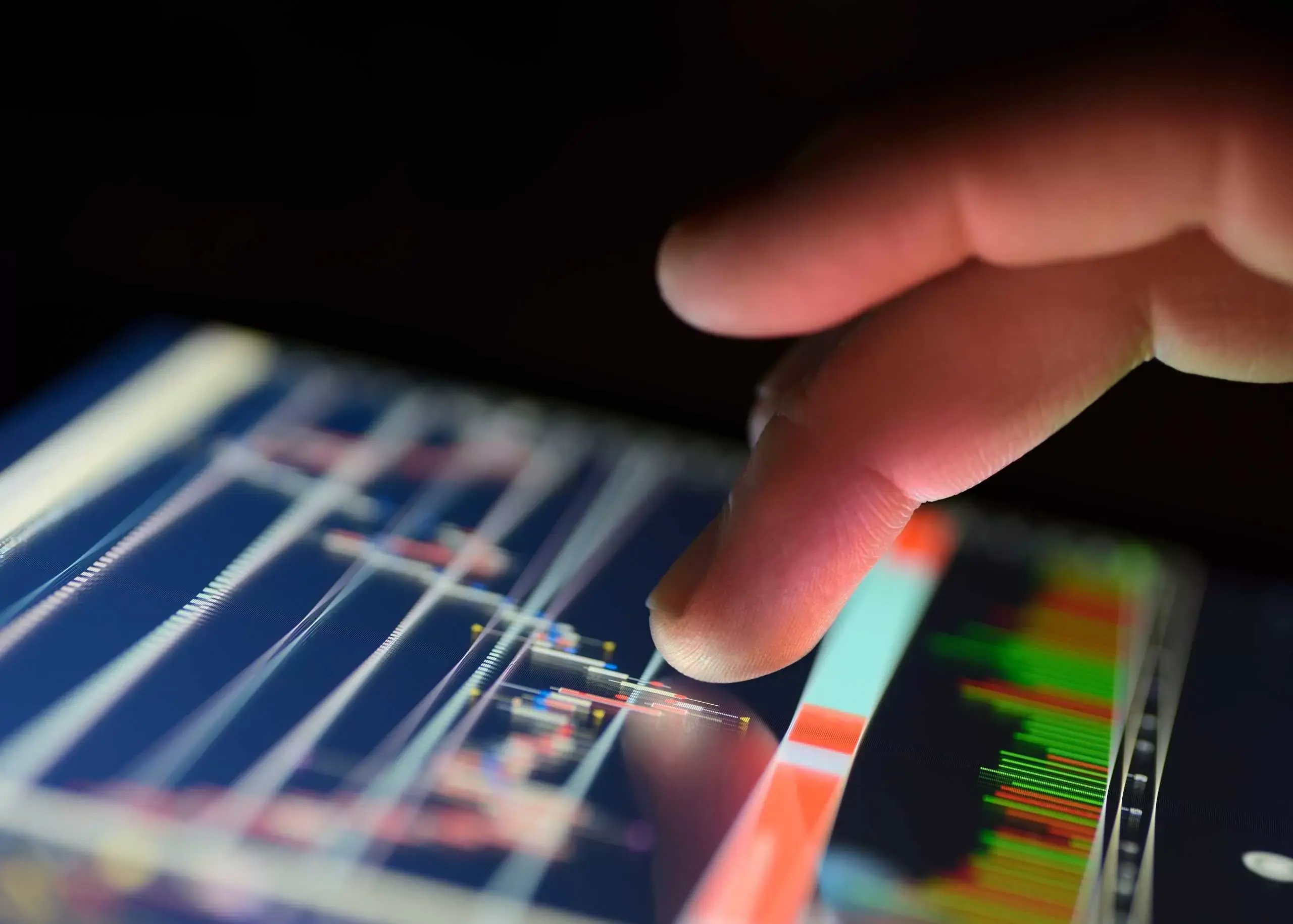
Touch Controller Firmware
- • Program code loaded on the touch controller.
- • Controls the features and touch performance of the solution.
- • Often needs to be re-written (tuned) to support application and use case requirements.
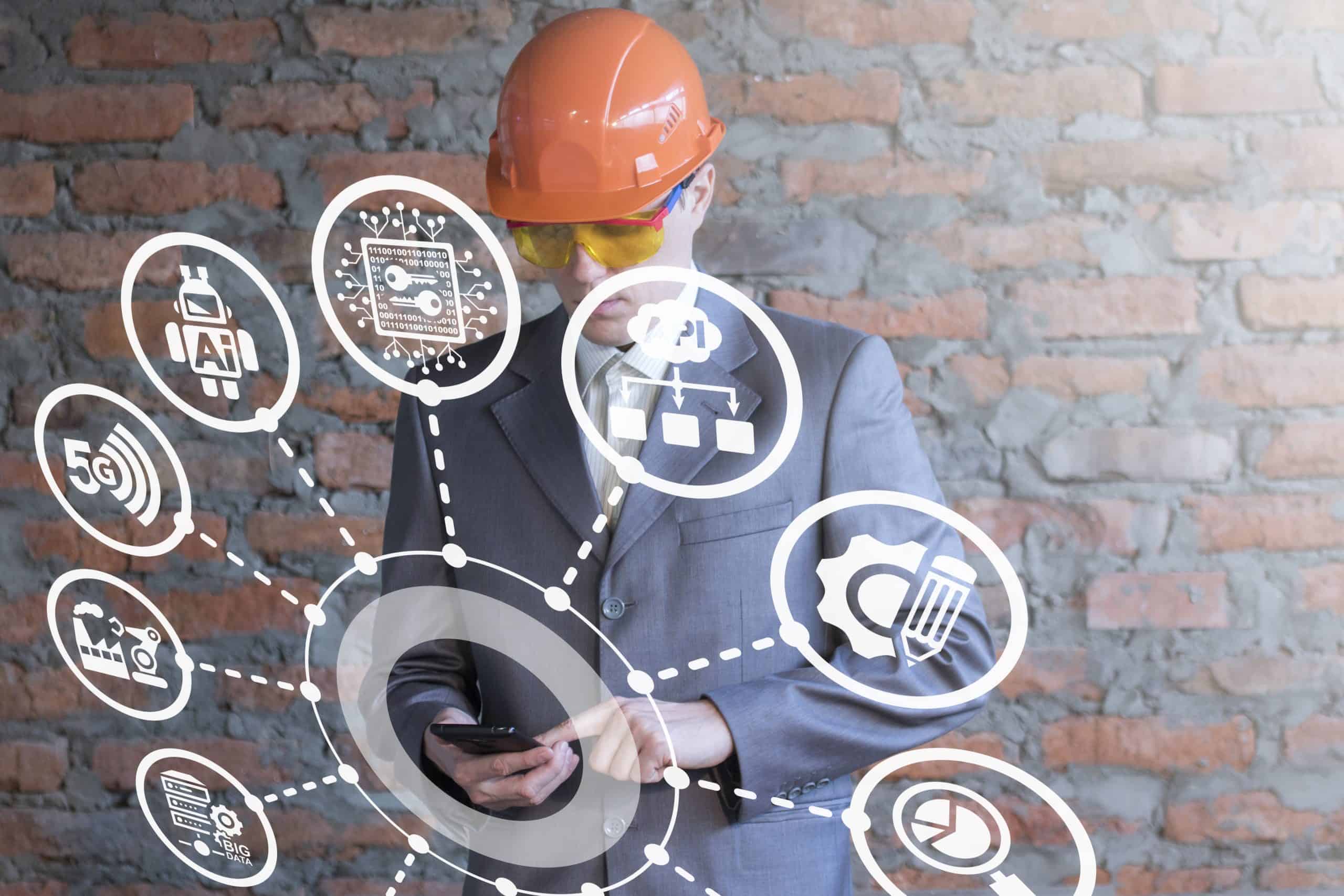
Gloved Touch
The improved algorithm on PCAP touch controller firmware enables the touch screen manufacturer to be able to tune the projection field for different applications, thus enabling workers to keep their thick working or safety gloves on, while operating their HMI equipment.

Noise Immunity
Electromagnetic interference (EMI) noise can interfere with the accurate detection of touch events in PCAP touch screens. To maintain the accuracy of the touch detection, the PCAP touch controller leverages firmware and hardware to avoid noise interference at different frequency bandwidths.
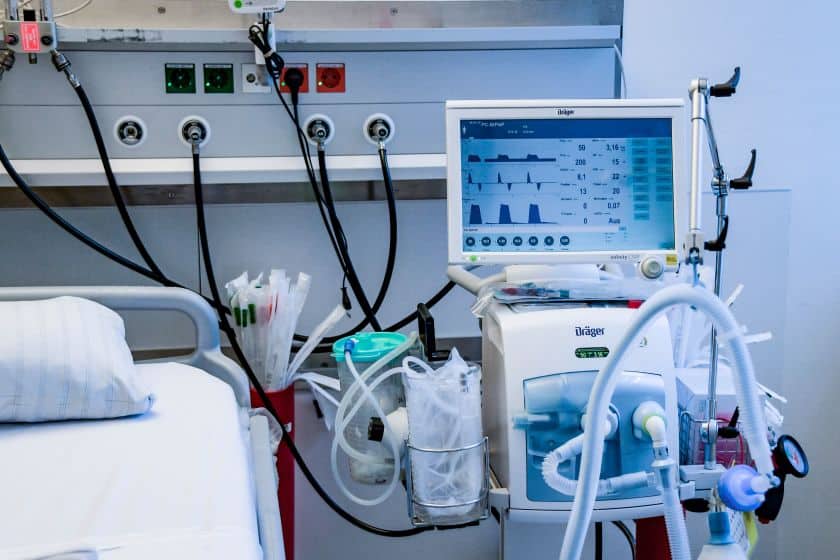
Water Handling
In certain industrial applications, water can accumulate on top of PCAP touch screens and trigger false touches. To avoid those false touches, the latest PCAP technology features water repellent surface treatments and a firmware algorithm to differentiate an actual touch from water droplets. These new features enable the touch screens to work flawlessly with challenging operating conditions.
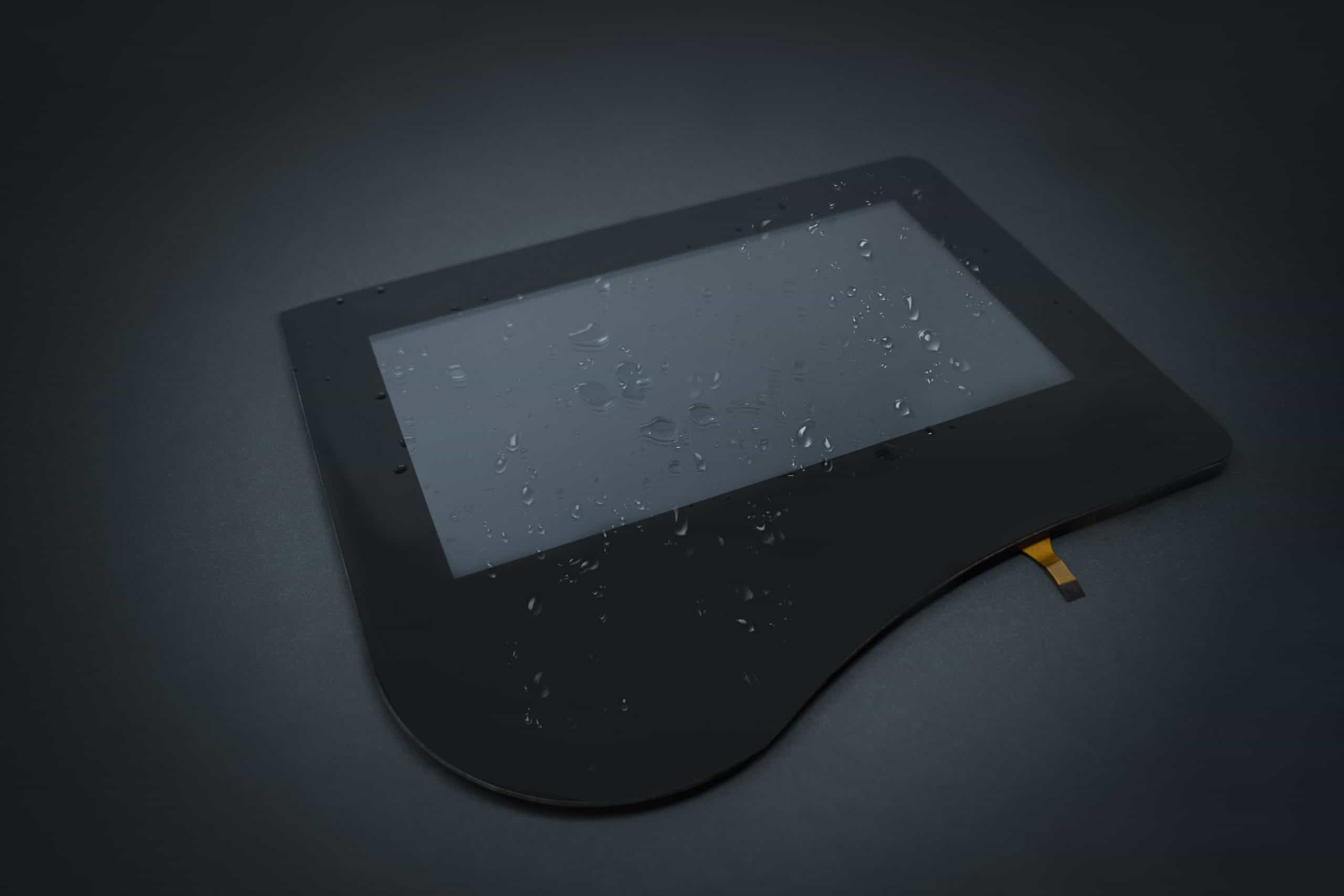
Resistive Touch Displays
The first and the most important advantage of a resistive touch screen is its ease of implementation and use. These are features which make it ideal for many applications including heavy industry machinery, commercial markets and electronic equipment. Another important advantage of resistive touch screens from touch screen manufacturers is that there is no limitation to operate the screen with any special object. The screen can be touched by stylus, fingers, other hard objects and is pressure sensitive so anyone can use it.

Advantages
- Cost effective
- Ease of design
- Use with Gloves
- Activates with Stylus
Disadvantages
- 70-80% transmissivity lowers brightness performance of LCD
- Front surface durability
- Limited touch points
- Not compatible with masking or decorative artwork

Our E3 Displays team has expertise in every type of display technology, whether big or small. We will help you choose or design the display that best fits your needs, while always keeping quality and budget in mind. Here at E3 Displays, we specialize in custom displays use our product selection guide today to get started on your project today!
What are the main benefits of an optically bonded projected capacitive touch screen?
E3 Displays projected capacitive touch screen displays are manufactured to operate in the most extreme environments, while providing crystal clear optics with high resolution. All optically bonded projected capacitive touch screens have fast response times, multi-touch capabilities and unmatched durability.
What are the main benefits of an optically bonded resistive touch screen?
E3 Displays resistive touch screens displays are fully customizable and require low power consumption. Optically bonded resistive touch screens are liquid resistant and deliver unparalleled value through design, durability and performance.
What different types of touch screen technology does E3 Displays offer?
There are a total of 13 different touch screen technologies that E3 Displays offer. Some of these include projected capacitive, surface capacitive, waveguide, resistive, wire resistive, acoustic pulse, force sending, optical, and vision-based touch screens. Although there are many touch sensor technologies available, Projected Capacitive or PCAP touch is the mainstream technology most in demand.
How can I determine what type of touch screen is needed for my specific industry?
At E3 Displays, our experienced team will help you determine what type of touch screen is needed for your specific industry. E3 Displays works with all brands of touch controller makers, enabling us to make the best choice for our customers projects. Longevity and support play an important role in determining our recommendation of the touch screen type you will need to be the most successful.


